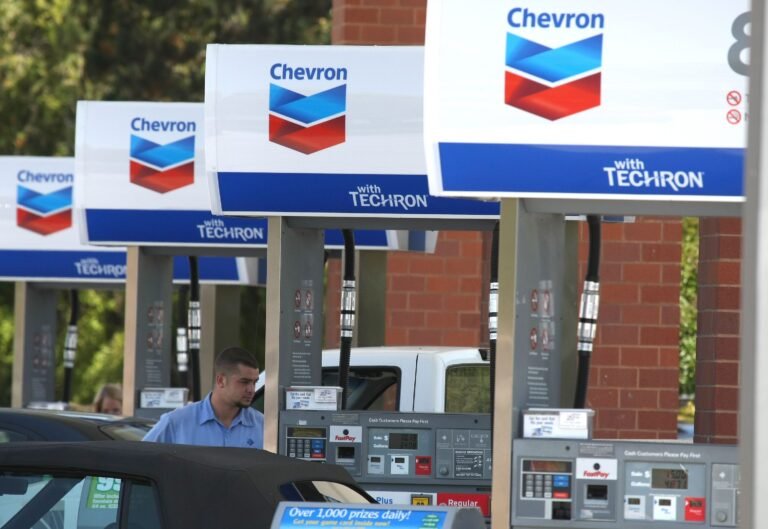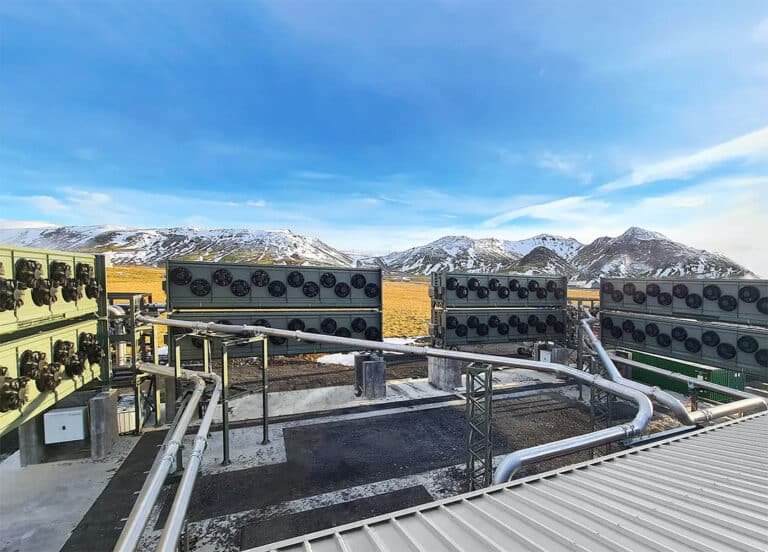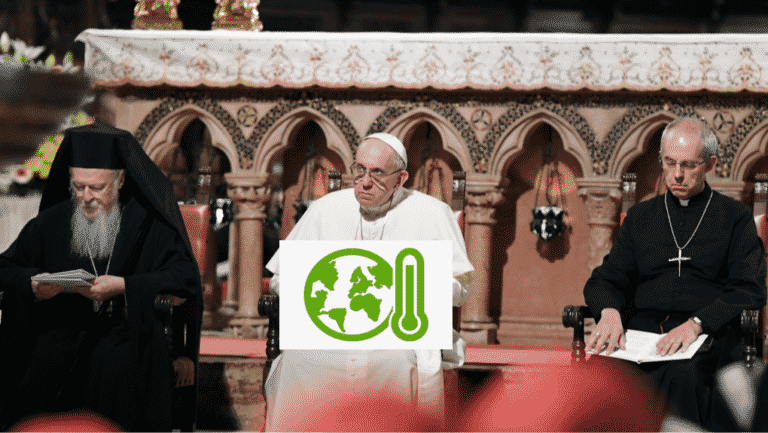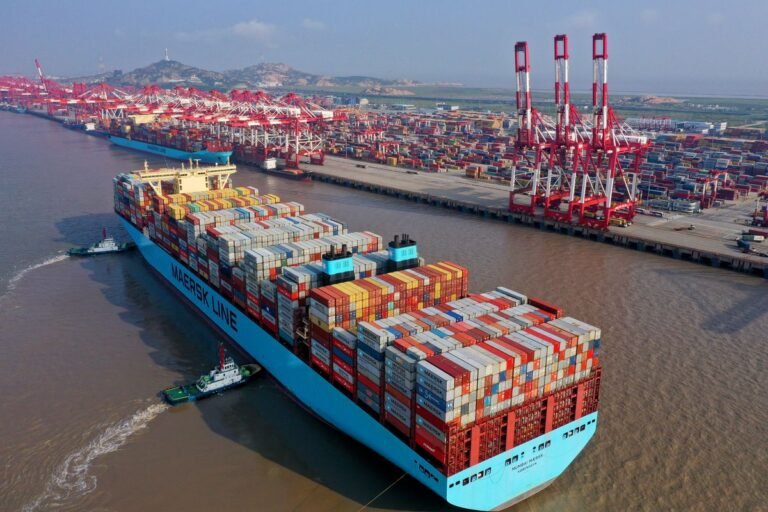It’s not the first country you might think of when carbon credits come to mind. Instead, the Democratic Republic of Congo is a country rich in natural resources such as vital materials for the burgeoning battery industry.
A specialist conservation group is rolling out a multi-million dollar project to conserve millions of hectares of rainforest. Over the next 30 years, the Bonobo Peace Forest project has the potential to remove, and avoid the emission of, hundreds of millions of tonnes of carbon dioxide equivalent (CO2e).
Thousands of miles away, just off the coast of Mexico, lies a unique ecosystem of mangroves covering 22,000 hectares in the gorgeous Magdalena Bay. Mangroves store up to 1000% more carbon than terrestrial forests and another specialist conservation team is rolling out a multi-million dollar plan to reduce estimated emissions by 26 million tonnes of carbon dioxide equivalent (CO2e) over 30 years.
These projects have two things in common:
- They both received their funding from the same publicly traded corporation, and
- They are both part of the rapidly growing carbon credits industry. Indeed, once they’re up and running they will start generating credits, year-after-year, for sale on the carbon credit markets worldwide.
The Two Main Carbon Markets: Compliance and Voluntary
Carbon credits represent a fascinating, rapidly growing sector which is split into two very different parts: the compliance markets and the voluntary markets.
Compliance markets, aka the Regulated Markets, are government-run, emission trading systems (ETS) that require all companies in certain industries to offset their emissions with carbon credits. The markets are designed as cap-and-trade and last year the combined total value of these markets topped US$261 billion. They are also very hard to get into if you happen to be a retail investor.
The voluntary markets hold the most promise for investors. They are the corporate world’s answer to the lack of a universal, government-run carbon credit system. If, like most companies, your industry is part of the compliance markets, the chances are you will eventually find yourself purchasing carbon credits in order to reach net zero.
- Before we get too far ahead, let’s take a quick step back to understand the voluntary market in more detail.
Understanding Voluntary Carbon Markets
Whatever your personal thoughts on the matter, global decarbonization is gaining pace fast. Pressure from governments, pressure from consumers, pressure from investors… it’s all forcing companies to implement climate strategies, with carbon reduction front and centre.
The process of carbon reduction is straightforward but time consuming. Companies hire a specialist to evaluate their carbon footprint, analyze their business model and operations. The company can then plan and roll out whatever changes are required to cut their carbon footprint.
However, businesses are quickly discovering that it’s almost impossible for most of them to reach net zero carbon solely through operational changes and improvements. Some can’t even come close.
This is where the voluntary carbon credit markets come in.
- Companies can buy carbon credits each year each to offset their remaining carbon footprint. 1 credit for every 1 metric tonne of carbon the company is responsible for.
And they need to do this each year if they want to stay carbon neutral. Unless, of course, they can somehow reach the net zero finish line by changing the way they do business.
- So where do these carbon credits come from?
- Who issues them?
- Are these credits not simply giving companies an easy way out when they should be making those critical efficiencies?
How Carbon Credits Get Verified
Behind every carbon credit is a project designed from the ground up to avoid and/or reduce carbon emissions. They are run by teams that specialize in carbon offsetting. And those teams need to be at the top of their game because credits are issued by one of the big carbon credit verification agencies.
After, that is, every aspect of the project has been investigated and verified by the agency.
Once verified, credits are generated on a yearly basis and registered (including type and date) with the verification registry, and can then be purchased.
The quality and vintage of credits matter because they impact the quality and therefore the value of the project… a lot.
Knowing that the money they spend on credits is directly helping decarbonization is giving corporations the confidence to enter the carbon credits market. In turn, knowing they have a powerful carbon reduction tool at their disposal increases their confidence in making net zero pledges.
And they are, in droves.
Big business in leading the way with the number of corporations making net zero carbon pledges tripling to over 1,600 in the last 24 months.
This positive trend is backed by major investment funds aggressively pressuring for action. This includes some serious collective action like the Zero Asset Managers Initiative, which has signed up 128 asset management companies that manage a combined US$43 trillion in assets.
The Size of the Voluntary Carbon Market
The value of the voluntary carbon markets has started growing swiftly, reaching US$320 million in 2019. This is a fraction of its potential, however…
Analyst firm, McKinsey & Company, has stepped forward with growth forecasts of 15x by 2030, which would put the market value at US$50+ billion. And that same report predicts 100x growth by 2050.
Now, the voluntary markets have not been without their challenges. Having been in existence less than 20 years, it has taken some time to reach the level of maturity required for corporations to consider them a viable option.
“Cheap” Credits
The main culprit was verification standards that varied wildly between the agencies. As a result, some early projects received approvals that perhaps should have been withheld or had credit calculations that were too generous for the project in question. As a result, cheap, poor-quality credits were released onto the market in large quantities.
In recent years, however, increasingly strict verification standards have come into play thanks to new technology and a better understanding of the science and processes involved. These tougher standards have proven to be a boon, ensuring that only dedicated, seasoned organizations can successfully undertake a new offset project and bring new credits to the market. In turn, this has increased confidence among the growing pool of potential buyers.
Standards will continue to evolve. In time, the industry may even reach a point of having globally accepted framework accepted by every verification agency. For now, however, the issue is not the quality of standards, nor the demand for credits. Instead, it’s supply of credits from new, high end carbon offset projects.
From being cash poor, the carbon offset industry now has corporate buyers lining up, eager for the sort of projects that will not only help them across the net zero finish line but will also enable them to promote their involvement with whatever additional benefits each project brings – whether it’s a boost to the local economy, protection of an endangered species, etc.
It’s a startling change of pace even for the most successful carbon offset teams and it will be some time before the cash pipeline delivers increased return flow of high-quality credits. While the industry waits for supply of premium credits to catch up, it will increase upwards pressure on prices.
Where Does All This Leave Investors?
Trying to invest directly in a carbon offset project is generally going to require a lot of industry knowledge and a lot of leg work. Even then, you’ll likely be investing in a private company and shouldering all of the risk that comes with it.
You can purchase carbon credits through one of the verification agencies but as I’ve already mentioned quality and vintage matter so you will need to do a lot of leg work to get it right.
The remain avenues are investment vehicles such as ETFs and publicly traded companies. For the latter, the only one currently on the market is Carbon Streaming Corp., which listed earlier this year on Canada’s NEO exchange ($NETZ). Judging from Carbon Streaming’s successful financings, I doubt it will be long before we see other public companies with carbon credit offerings.
Keep a close eye on the voluntary carbon credit markets. It’s going to be an exciting ride and when more opportunities open up, they will do so fast.
Anthony Milewski
Mr. Anthony Milewski has spent his career in various aspects of the capital markets, including as a company director, advisor, founder and investor. In particular, he has been active in the commodities related to decarbonization and the energy transition, including nickel, cobalt, copper and carbon credits. Anthony has served on the London Metals Exchange Cobalt Committee, which includes representatives from the largest mining and commodities companies globally, to represent the interests of the industry to the board of directors the LME.










